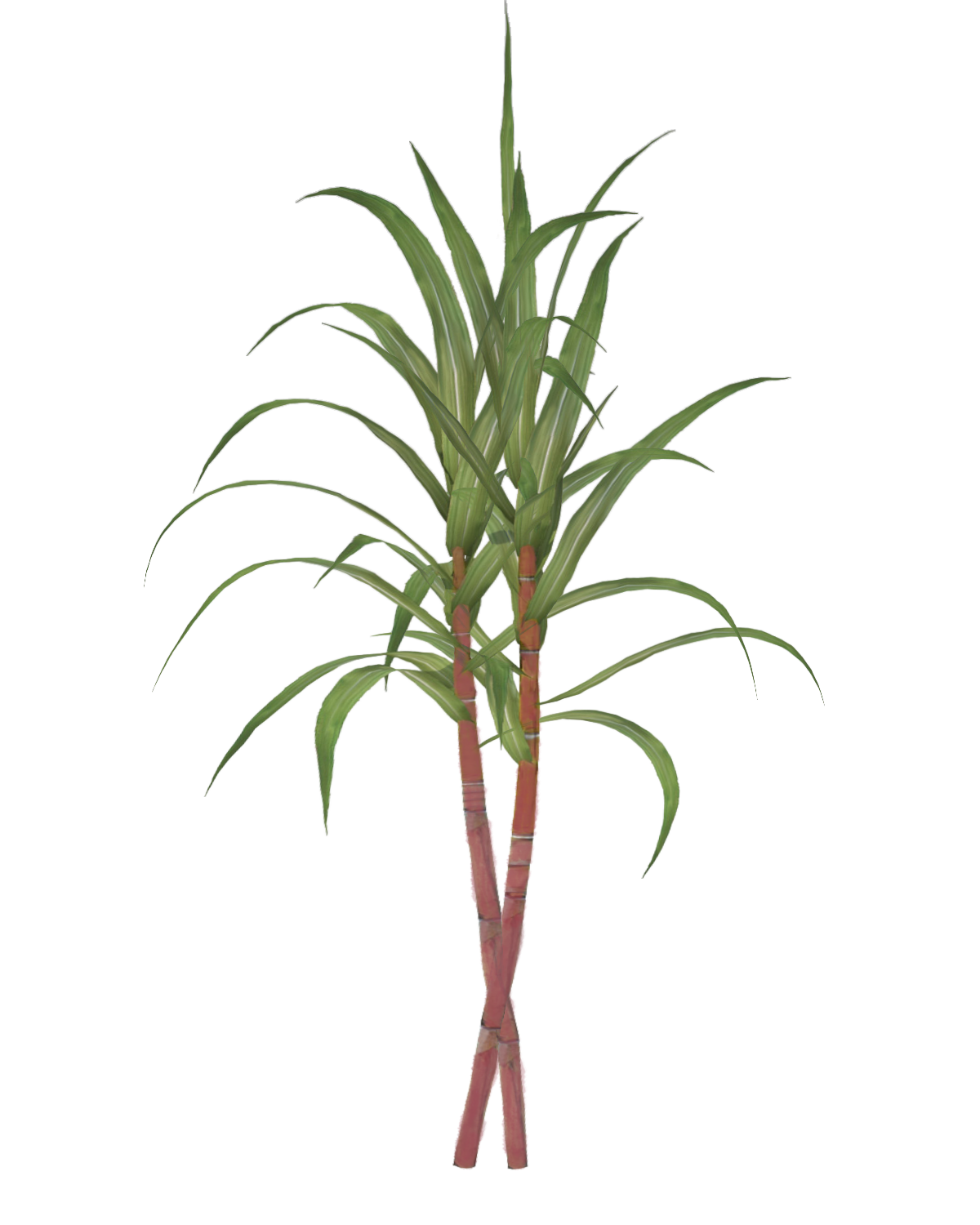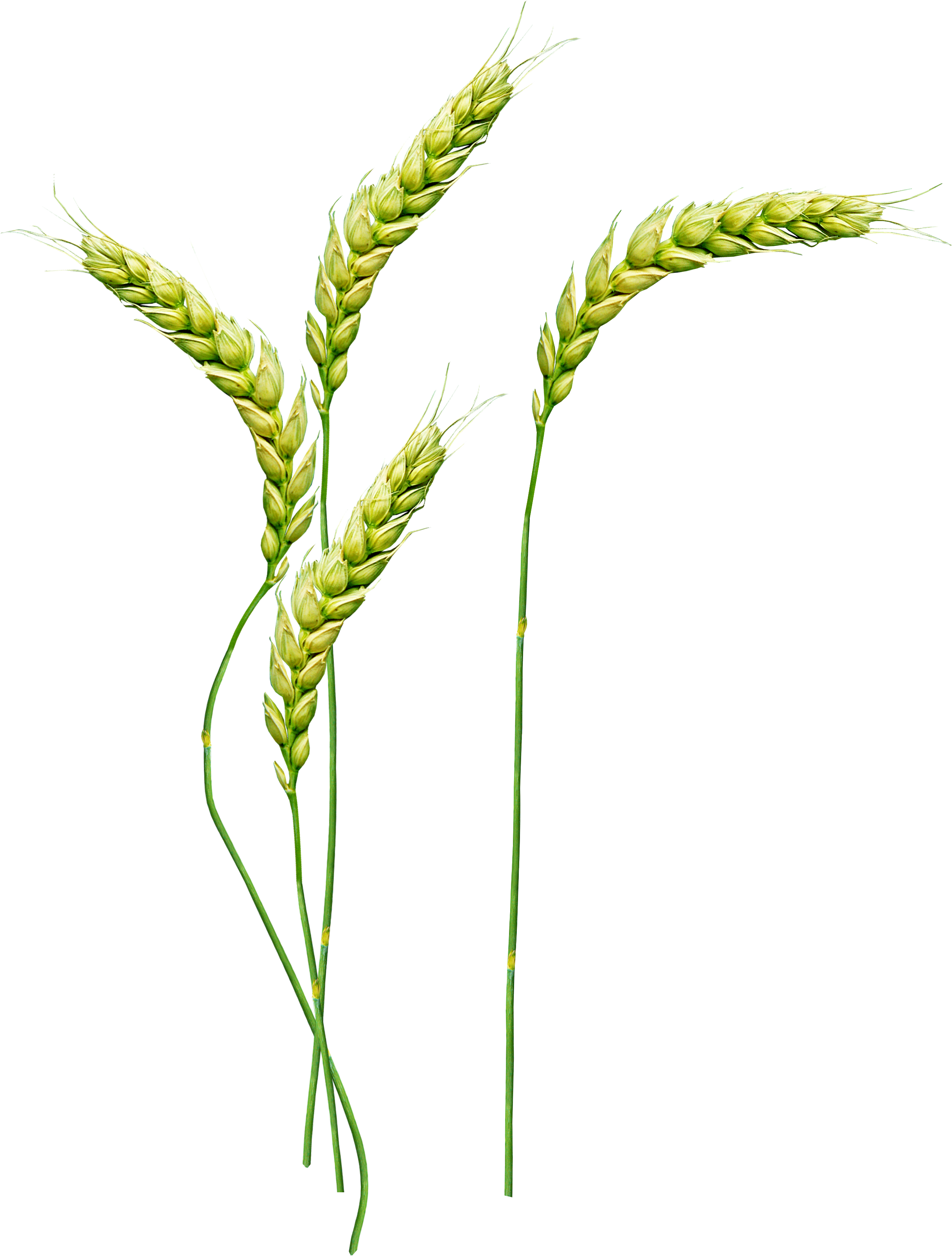Gardening With Demeter
Demeter is known as known by many different names and represented by many different things. Commonly she is known for having her hand in agriculture. Especially since she is often seen with a Golden Sword which she is said to use both in and off the battlefield. Her weapon of choice that can be both dangerous as well as serve the purpose of cutting wheat.One might find it hard to view a Goddess as someone with feelings, as they do seem to have it all. They are all powerful, yet to think they have weaknesses and vulnerabilities is hard to fathom. Everyone has someone or something that they love, something that is so close to their heart it is a part of them. Demeter was no different compared to anyone else. Her daughter, Persephone, was the light of her life, her whole world, just like any mother, her daughter was her everything. When Hades took her daughter, he took everything from her, nothing compared to how much she valued her daughter. Now she does get to see her daughter, and the world did end up getting seasons, so there is a happy ending, as some might say.
Demeter was known for going to those that were mortal, and teaching them about agriculture. She'd teach mortals about the very plants and crops that they needed to tend to to survive. Which is why today we shall learn how to tend to one of Demeter's symbols: wheat!
How to Plant Wheat ~ According to Demeter
Step 1: Pick Your Time: There are many different times of year that wheat can be planted that will be successful. It all just depends on the region in which you live in that determines whether it succeeds. If you live in a place such as the United States or just anywhere else in the Northern Hemisphere, then wheat can be planted in the fall. It is important to aim around a time before the ground freezes, so before the first frost. Planting in September is good as then the wheat has time to establish itself. As soon as winter has ended, spring has sprung, and the ground no longer hard. Then wheat can be planted once again, so if you are in a place where winters are disasterous, then May might be a more ideal time for you.Step 2: Soil Temperature Time as well as soil plays a key role in how the wheat does. If the ground is to hard then it won't take off, if the ground is too moist then you risk the roots not having oxygen. Which is why wheat that is planted in soil that is around 54 F or 12 C to 77 F or 25 C is great for it.
Step 3: Soil Preparation In order for the land to be well maintained it is important to rotate planting. This means you use a field for a certain amount of time, then you stop using that field and use another. This is to allow for the land not to die out, or be overused. Once you have the perfect land then it is time to plow it. Modern technology is okay to use, but nothing beats the hard work of an Ox or Donkey!
Step 4: Sacrifice There is much to be thankful for and much to appreciate. It is important to remember that while not all Godly beings can be seen they are hard at work making the world a better place. Without them then the wheat would not even grow. So it is important to remember to give thanks to all those who have helped the wheat along the way.
Step 5: Watering and protecting Maintaining the wheat is a very vital job to do. The wheat needs to be properly watered so it continues growing. Then it needs to be monitored so no pests or diseases take it out.
Step 6: Finished Once the wheat is ready to be picked then it needs to be stored properly so that it does not go bad.
Time to Match the Plants Below and Make Demeter Proud!
Hover your mouse over the images below and try to see if you can match the images of the plants quickly. Then comment how long it took you in the comments. Can you name what plants they are to?















